MACHAS
News - All the latest news straight from the artists themselves
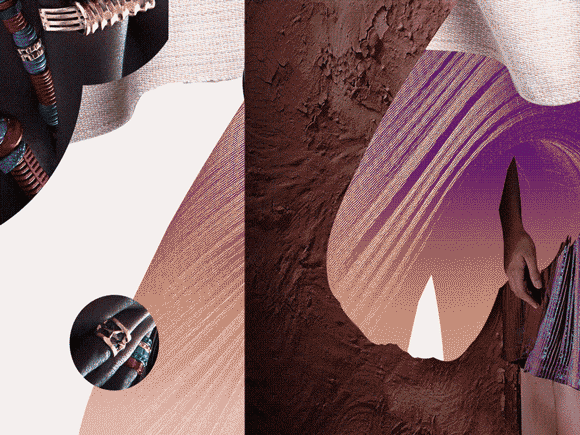

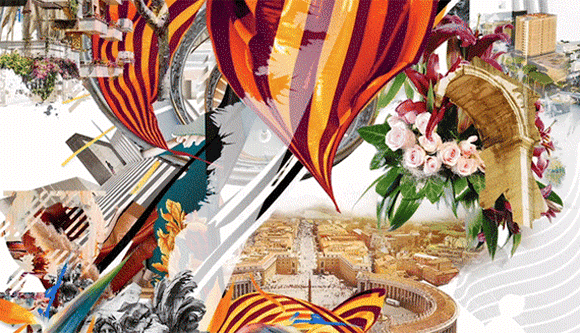
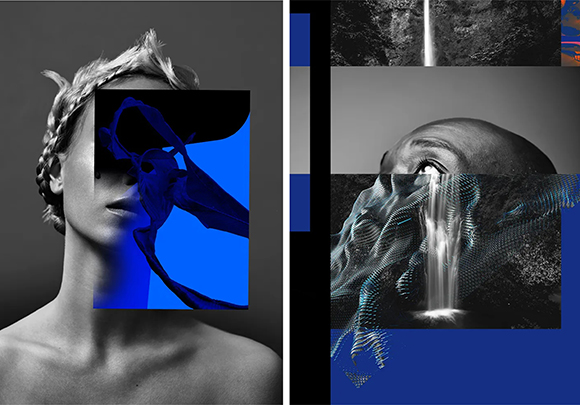
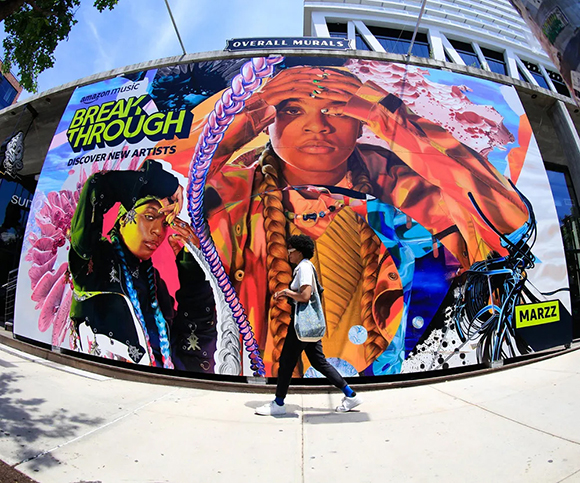
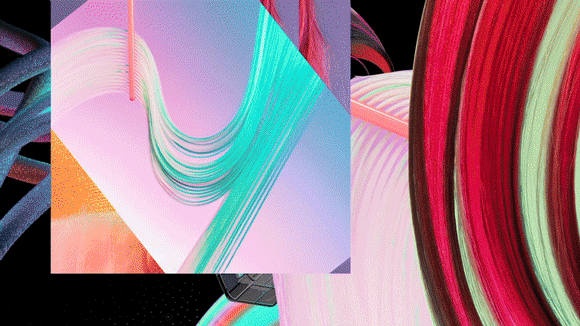
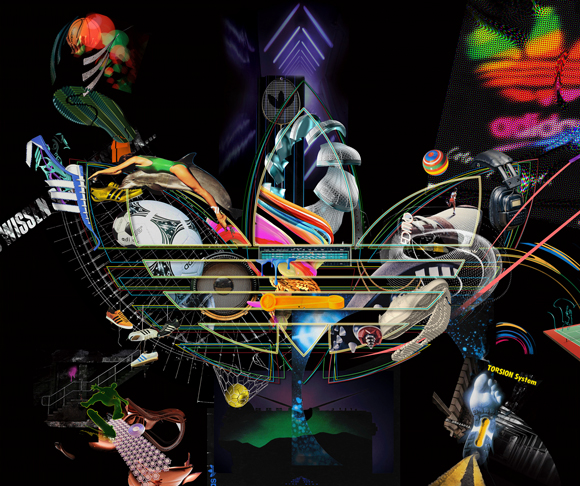
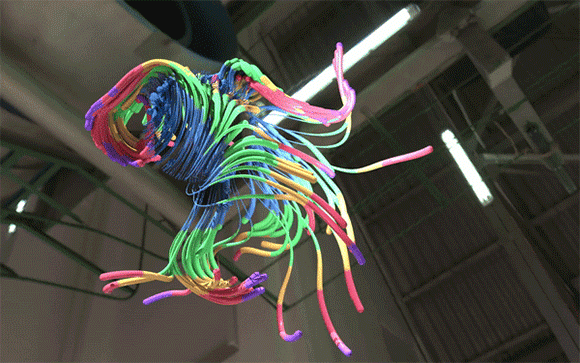
Machas Welcomes James Dawe
James Dawe’s work resists easy categorisation. Fusing digital collage, 3D experimentation, animation, and analogue techniques, Dawe’s visual language is at once tactile and hyper-contemporary — a layered convergence of depth, distortion, and unexpected beauty.
Over the past decade, he has developed a practice that feels uniquely his own: rooted in postmodern deconstruction yet constantly evolving, technically curious, and visually precise.
A defining voice in the rise of digital collage in the 2010s, James has since expanded his toolkit and vision, embracing new technologies while remaining deeply committed to the craft of image-making.
Now joining Machas, James brings a powerful creative lens to the agency: one that champions experimentation and redefines what collage can be in the digital age. We sat down with him to explore the evolution of his practice and his approach to storytelling.
Digital manipulation—across 2D, 3D, stills and motion—is at the core of your work. What drew you to this medium, and why does it continue to resonate with you?
It started during my studies, where I specialised in analogue collage—learning how to combine found imagery in a compelling way. From there, I moved onto the computer and discovered Photoshop as a tool to apply the same approach.
What I love about digital manipulation is the depth, pattern and interaction of colour that comes from layering. The heightened reality and the unexpected juxtapositions of imagery really excite me.
Like many creatives, I tend to accumulate visual material—some might say hoard! I’m a bit of a magpie in that respect. I collect loads of visual material from all sorts of sources—including stuff I make myself—and then find ways to work it into different projects and compositions.
The starting point for all of it is collage, but I’m really passionate about mixing it with the 3D and CGI world—combining imagery and adding motion to bring another layer to the artwork. While I never had formal training in 3D or motion graphics, I’ve developed my own language by using the software in a way that suits how I work and how I like to push things.
What’s your background? Who or what has shaped your creative voice most significantly?
Studying Conceptual Illustration at the University of Brighton laid a solid foundation and encouraged experimentation. It gave me a strong footing to begin a creative career.
A huge influence early on was my time interning with Village Green Studio. They had an incredible mix of projects: from extremely surreal and abstract posters for London’s Fabric Nightclub, to high brow fashion magazine stories in 032C and large-scale commercial campaigns for Sky Sports and Nike.
Village Green’s taste and aesthetic in design and music resonated with me in my first years as a freelance artist — I was lucky to work with people who continue to inspire me today.
Your compositions often involve hundreds of layers and elements. How do you select imagery and construct visual narratives? Could you describe your process and how you navigate such complexity?
The approach really depends on the brief, and whether I’m provided with assets or expected to source and create everything from scratch.
There’s usually a lot of visual research and playful exploration involved, and I often return to old project folders filled with work-in-progress pieces and unused fragments I can revisit — I’ve found that the deeper I go into the reference material, the more unexpected the outcomes become.
Sometimes I’ll map out a rough plan if a project needs more structure, or do a quick collage to test an idea—but more often the layout evolves naturally, starting with a striking visual anchor point.
From there, I’ll build a rough composition that gradually expands. The more I work into it and find ways to incorporate the necessary elements, the more detail builds and textures become overlaid and added. This can lead to over-complexity, which I’ll then pare back to clarify the visual language.
Once a loose draft is signed off—usually built from low-res components or rough renders—then the real refinement begins: pushing everything to high-res and honing all the small, polished details with the precision of a retoucher.
Though your practice is digital at its core, do you still feel connected to analogue techniques?
Yes, definitely. Even though I feel a heightened efficiency when working digitally, my love for more tactile approaches is still strong. Working in analogue brings a completely different thought process and a sense of decisiveness—you can’t just endlessly undo mistakes. I think the handmade will always be appreciated and have its place, even in a digital world.
Secret 7s is a good example—it’s a charity art auction I’ve contributed to every time it’s on. It supports War Child UK by inviting artists to create one-off record sleeves that are auctioned anonymously. I always use it as a chance to try out new mediums and push the boundaries of the format.
How does the context in which your work is seen—whether in print, on a screen, or in a physical space—affect how you create and refine your pieces?
I tend to take just as much care and attention to detail whether I’m creating a 96-sheet billboard or a small web icon. Obviously, the more pixels involved, the more visible everything becomes—so extra refinement is needed.
When working on large-scale formats, the final phase—once the artwork has been approved—becomes almost like retouching. It’s about fine-tooth combing, cleaning up, and clipping neater paths to achieve the highest level of accuracy. Part of the reward of being a visual artist is seeing your work come to life in different medium—and engaging with an audience in those various contexts.
As you’ve been in the business for several years, how do you see yourself as an artist now compared to when you started out?
I feel like my discipline has grown with experience. I’ve always been keen to develop and challenge myself—learning new software and testing out techniques has definitely broadened my toolkit.
I used to focus mainly on contemporary collage, but now I feel my digital work has become much more all-encompassing in how I approach image-making.
With rapid advancements in technology, how do you view the future of your work?
AI is already starting to shift how agencies work, which naturally brings some uncertainty—but also opportunity.
When Photoshop first came out, people were worried it would harm creative practices—but over time, they learned to adapt and use the technology to their advantage. I feel the same way now. I’ll keep evolving by using these tools to assist and push my practice forward, while continuing to make work that feels inspiring and relevant.
You’ve worked with an incredibly broad range of brands and publications. How does your creative approach differ between commissioned and personal projects?
For commissioned work, there’s usually more structure—because you’re responding to a tighter brief. That said, it really depends on the type of client or brand. Editorial projects require conceptual visual storytelling, which is an enjoyable challenge. Advertising, on the other hand, needs to be precise and impactful—initially veering into quite progressive work, which is then reigned in for the final execution.
However, when I produce personal projects, I have much more freedom. I’ll experiment with different digital styles and let the process unfold organically. Sometimes I’ll start with an abstract motion graphics piece, which ends up forming part of a scene made from previously unused assets I’ve saved along the way.
Often, these personal explorations centre around contrasts—like urban versus natural environments—which is something I’m fascinated by.
What do you believe is the key to a successful creative collaboration? And what would be your dream commission?
Collaboration works best when both parties bring the same level of dedication and passion to the table. It becomes a kind of perfect marriage—between the brand and the aesthetic vision of the artist.
And as an Arsenal fan, I’ve got to say—working with the club again would be pretty special.
You’re now a dad—how has becoming a parent influenced your work and your creative thinking?
Experiencing the bounds of a child’s imagination is incredible. Watching my son grow and develop creatively has definitely inspired me to think differently—to embrace more surreal ideas and a sense of playfulness.
Some of my self-initiated work, like entries for the Fedrigoni 365 calendar and Secret 7s, has been inspired by my son’s toy collection or his love of building sandcastles. He’s even had one of his own collages featured in Match of the Day magazine!
And now that he’s 10, I’ll often ask for his opinion—I love seeing what resonates with his curious, developing eye.
What’s the best piece of advice you’ve ever received?
Always be yourself and follow your passion.
Why did you decide to join Machas?
I value the relationship and trust I’ve built with Machas from working together independently over the years, so I wanted to make this a permanent arrangement. We’ve already collaborated on some brilliant projects—across different cities and media, from giant billboards and buses to animated displays in high-end fashion stores—and I want that to continue. I know Machas really invest time in their artists and have a deep understanding of their processes, which makes a big difference when it comes to building relationships with clients and managing a project from start to finish.
See more of James Dawe’s work here.